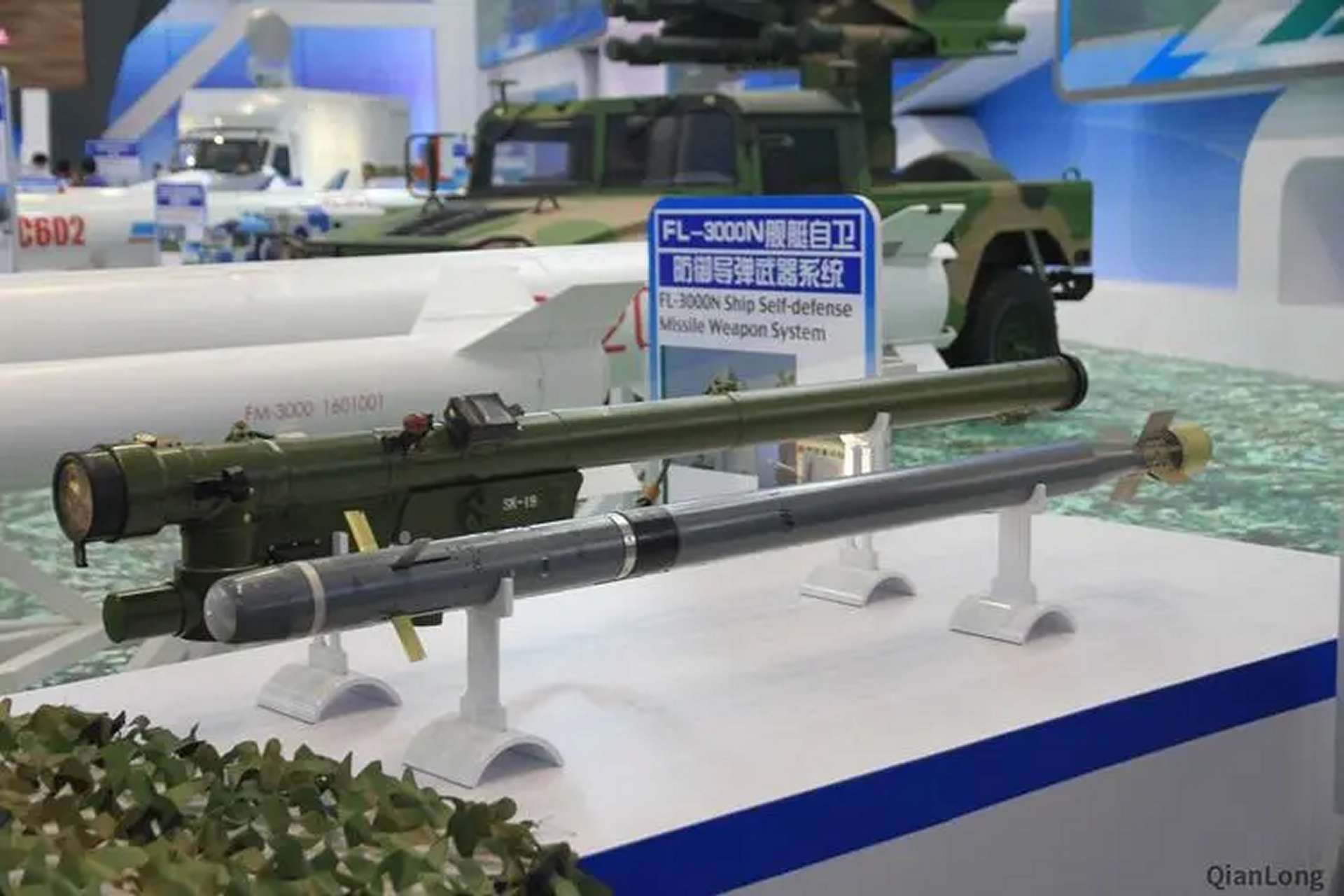Breaking news
Indonesia Enhances Technical Skills with QW-3 and QW-19 Missile Training.
Colonel Tek Sapta Jengkar Pamuji of the Indonesian Air Force, commander of Maintenance Depot (Depohar) 60, officially inaugurated the technical skills training program for the QW-3 and QW-19 missiles during a ceremony held at Iswahjudi Air Base, Magetan, on Wednesday, May 29, 2024. This event marks a strategic step in enhancing the technical capabilities of TNI AU personnel.
Follow Army Recognition on Google News at this link

The Qianwei-19 (QW-19) is the latest member of China’s “Qianwei” missile family. (Picture source: Chinese media)
In his speech, Colonel Tek Sapta Jengkar Pamuji emphasized that the training aims to improve the knowledge and skills of technical personnel in operating the QW-3 and QW-19 missiles. The program is designed to prepare technicians for increasingly complex maintenance challenges with ever-evolving technology, ensuring they are ready to face any situation.
Colonel Pamuji also highlighted the importance of making the most of this opportunity. He reminded participants that the additional knowledge and skills acquired are essential to support future missions. This is a golden opportunity to deepen essential knowledge for daily operations.
The Binterampil program is part of TNI AU’s (Indonesian Air Force) commitment to ensuring its personnel possess the necessary skills and expertise. With a deep understanding of the QW-3 and QW-19 missiles, technicians are expected to contribute to their tasks optimally, maintaining the availability and reliability of TNI AU’s defense equipment, which constitutes the backbone of Indonesia’s air defense.
The Qianwei-19 (QW-19) is the latest member of China’s “Qianwei” missile family. Specially developed to target cruise missiles and low-flying attack helicopters, the QW-19 uses dual-band infrared passive guidance to detect targets' tail flame and other heat sources, thus firmly locking them. This advanced model enhances the Qianwei-18, which itself was an evolution of the Qianwei-1, by increasing its depth capabilities.
The QW-19 boasts strong anti-jamming capabilities thanks to its composite "trigger + laser proximity" fuse and digital information processing technology. This allows the missile to explode upon contact or near the target, which is particularly effective against small targets such as cruise missiles and low-flying helicopters. Given that ultra-low altitude penetration tactics are common in modern warfare, the QW-19 proves crucial for field air defense forces.
Since its first public appearance at the Farnborough Air Show in 1994, the Qianwei series of missiles, especially the QW-19, has garnered significant attention for their interception capabilities, particularly against cruise missiles. These missiles offer a quick response of less than ten seconds, which is ideal for intercepting subsonic cruise missiles and other low-flying targets.
Although the QW-19 is similar in size and weight to the Qianwei-1, it incorporates many advanced technologies, such as a dual-band infrared seeker and anti-jamming technology. These features allow precise target detection and better resistance to interference. Digital electronic components replace older electromechanical analog components, making the missile lighter and improving its performance.
With a range of 500 to 5,000 meters and a maximum shooting altitude of 4,000 meters, the QW-19 is designed to effectively intercept low-flying targets like cruise missiles and armed helicopters. Its initial guidance system, similar to that of fiber-optic guided missiles, significantly enhances the missile's ability to quickly and effectively capture targets.


























